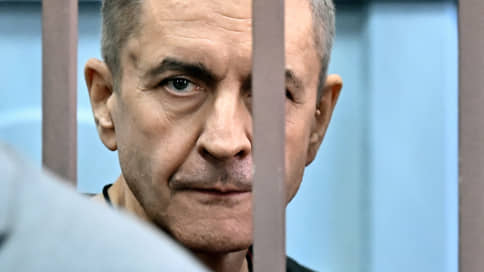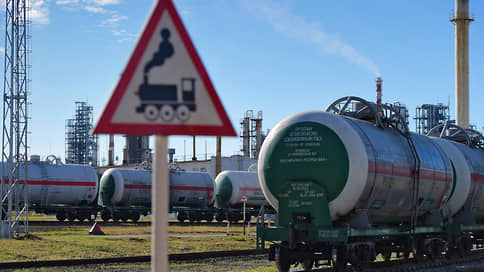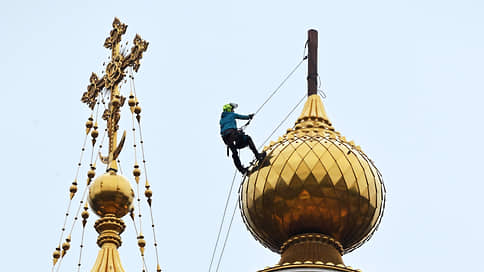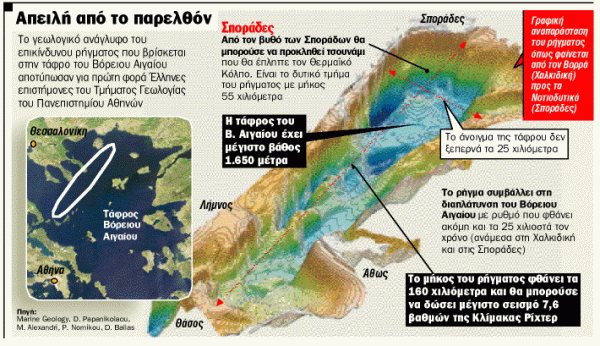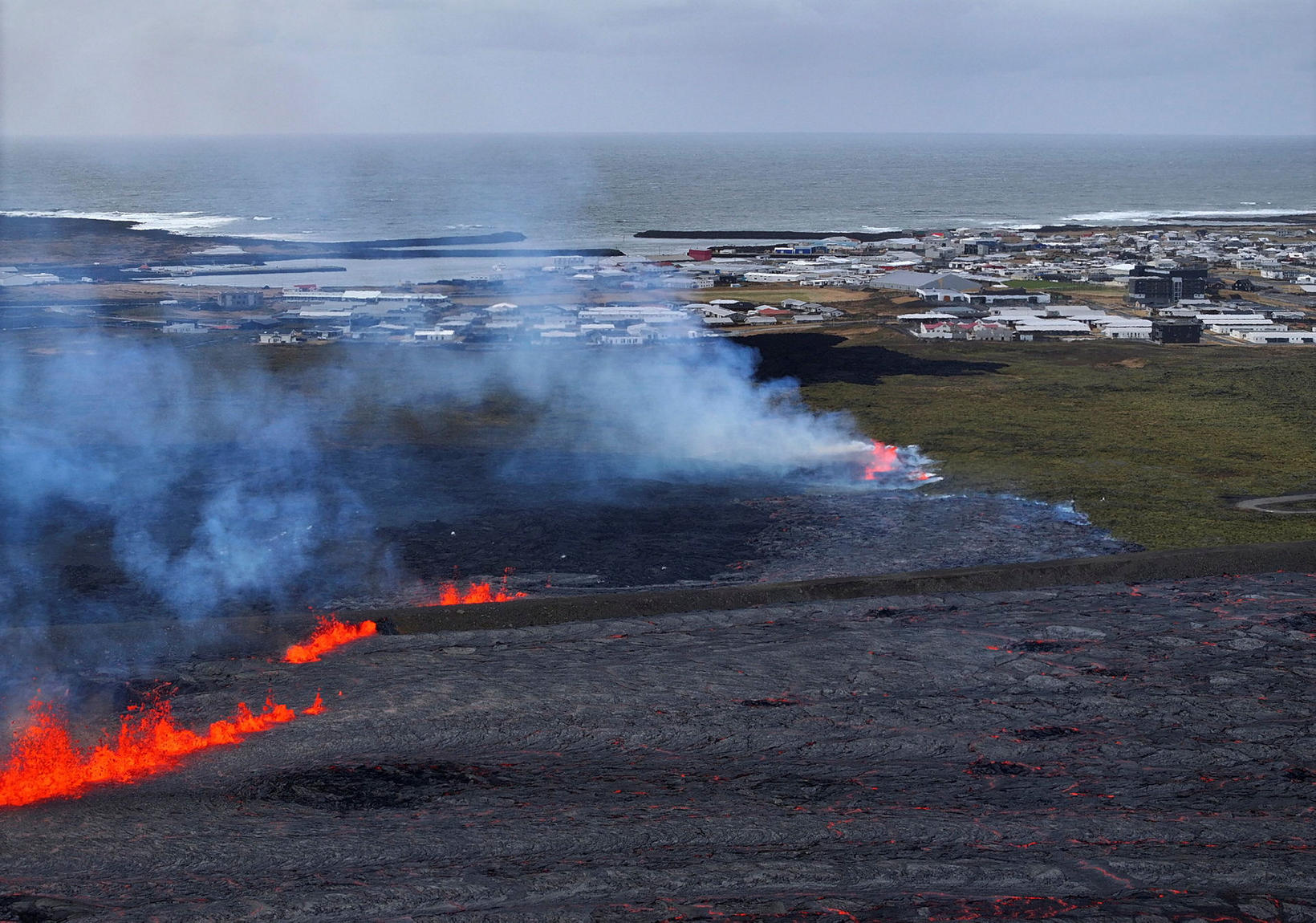In Moscow, the growth of rental rates of office real estate slows down

The low vacancy in the Moscow offices market and the insufficient input of such real estate, judging by the calculations of consultants, did not lead to a sharp increase in rental rates. By the end of 2025, the rental of office premises will rise in price by an average of only 8% year by the year. This is also due to the fact that under the construction of business centers to developers are available sites removed from the prevailing business clusters of the Russian capital. With such a conjuncture, developers prefer to postpone the completion of their projects and reduce the share of space for rent.
By the end of 2025, the average rental rate of Moscow’s office real estate will grow by only 8% of the year, to 28.3 thousand rubles. per 1 sq. m per year, is predicted in the consulting company Nikoliers. Consultants have been fixed from the beginning of the current year. From January to April 2025, bets in class A business centers grew by only 2%, to 31.8 thousand rubles. per 1 sq. m per year, in class B – by 3%, up to 23.4 thousand rubles. per 1 sq. m per year. For comparison: in 2024, the dynamics was at 12-14%.
The slowdown in the growth of the average rental rate is dictated by the uneven structure of the proposal available for renting, explains Valentin Kusov, deputy director of the Nikoliers office real estate department.
High-quality offices with a high rental rate are almost instantly washed off the market, and the objects exposed now are removed from business clusters that have developed in Moscow and the cost of renting in such business centers below, adds the head of the IBC Real Estate office premises Ekaterina Belova. According to her estimates, the average vacancy in the office market of Moscow will decrease by 0.8 percentage points a year by the year, to 4%, and in the prevailing business areas of Moscow, this indicator is approaching zero, Mrs. Belova notes.
The current conditions form the deferred demand in the office market, since the areas intended for rent is not enough to satisfy it, Valentin Kusov states. This year, about 29% of offices in the total volume of new construction are projects of the Built-to-Suit format (customer construction), and 57% is the area for sale, the partner of the NF Group consulting company Maria Zimina.
Forecasts for 2026 also do not inspire optimism. In a situation where the lease rates are growing less pronounced than the cost of construction and project financing, it is not very profitable for developers of business centers to build such objects for leasing, the deputy director of the Ricci consulting company Eduard Chekhov notes. The cost of building class A office real estate A, according to the results of January -Marot 2025, increased by 11% of the year, Catherine Belova calculated.
In addition, a developer building an office space for a rental business must attract project financing for the entire planned volume, invest in the decoration of the premises and find tenants for the entire business center, Eduard Chekhov explains. In this case, the expert adds, the building will begin to bring income only after three to four years after the start of construction.
The current situation will lead to a decrease in the volume of entry of business centers in Moscow. By the end of 2026, a reduction of 49% of the year, up to 504 thousand square meters, is predicted. m, says Valentin Kusov.
However, if at the stage of completion of construction the facilities are not completely leased, developers will begin to artificially transfer the input terms, Mr. Chekhov does not exclude.
Thus, he adds, developers will try to optimize the tax load and costs of maintenance of the facility. Office developers are now forced to reorient to a more profitable option for them-the construction of business centers for sale, said Irina Khoroshilova, head of the office real estate department of Core.xp. At the same time, the supply shortage for rent on the office market of Moscow will remain on the horizon of the next years, Valentin Kusov concludes.

